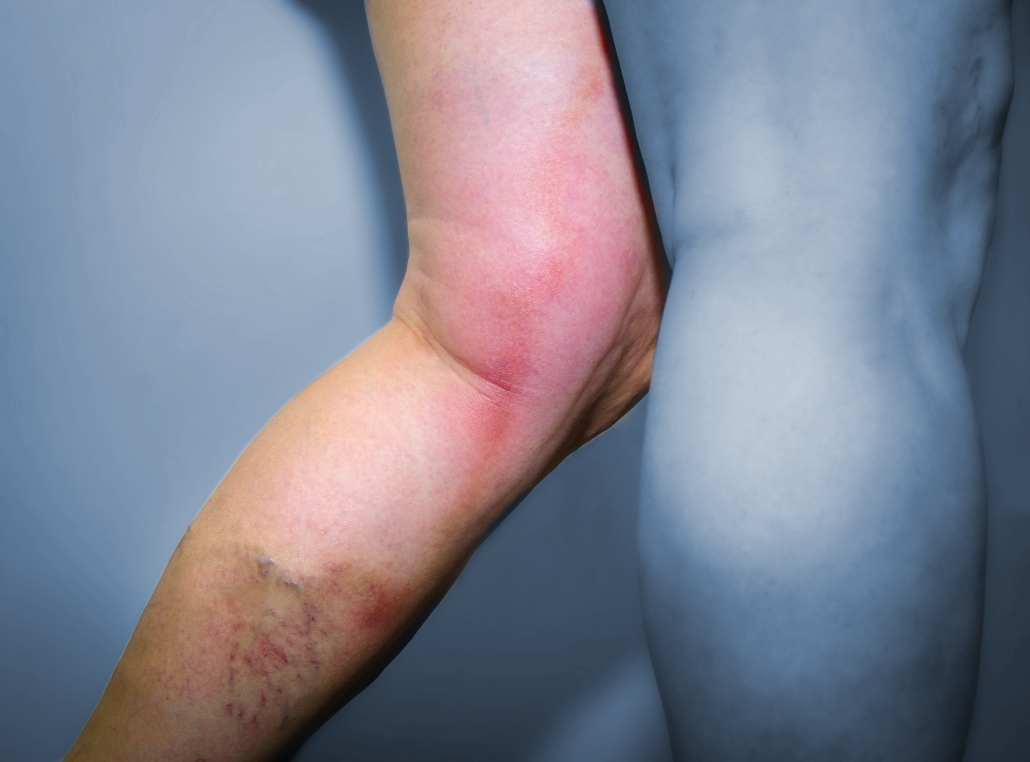Health Risks of Working-From-Home
Nisha Bunke2020-08-19T00:48:02-07:00Prolonged desk work can increase the risk of blood clots in leg veins.
As many Americans are working from home, we have received many calls from patients regarding thrombophlebitis. This is not a new scenario for us, over the years frequently patients come in for assessment of leg pain after working on their computers for 12 […]



